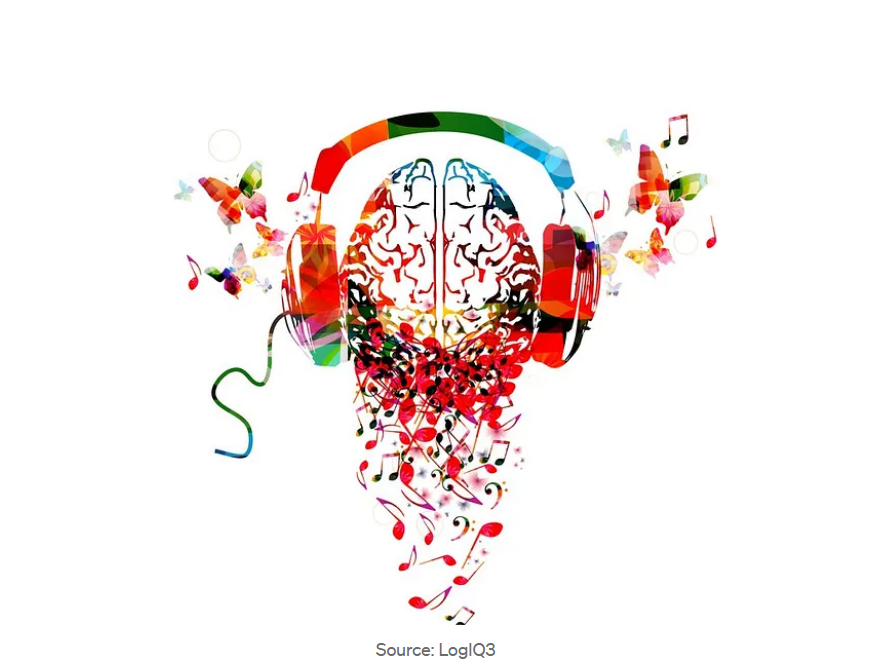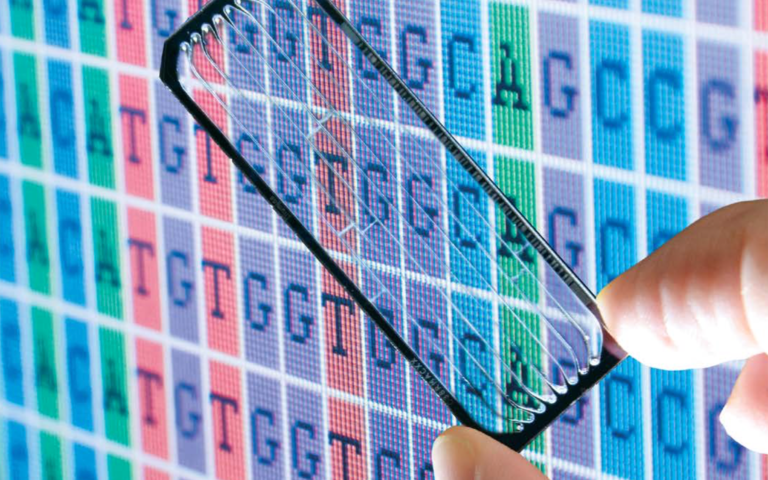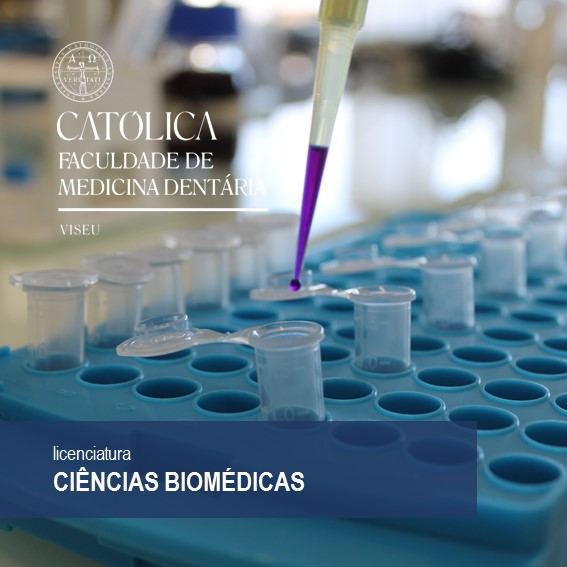
- Professor: Ana Sofia Duarte

- Professor: Raquel Silva

Provide an overview of the technologies used to sequence, assemble and annotate genomes, how to navigate on genome browsers and how to extract sequence information from genome databases. Students will be introduced to the genetic features of genomes and will learn how to use genome information to resolve biological, biotechnological and biomedical problems.
Students are expected to reach the following learning targets:
• Understand the 1st, 2nd and 3rd generation genome sequencing technologies.
• Learn how to assemble and annotate genomes.
• Learn how to use genome browsers and genome databases.
• Learn how to extract genome sequence information from databases.
• Understand the primary structure of the genomes of model organisms.
• Understand the concepts of comparative and evolutionary genomics.
• Understand the concepts of transcriptome, metabolome and proteome.
• Understand how to use knowledge from genome biology to address biological questions.
- Professor: Ana Sofia Duarte

This course aims to give students the opportunity to learn how to draw up a proposal for a research project. It is also intended that students develop a laboratory work (dry-lab or wet-lab) progressively autonomous, under the teachers’ supervision. This work will be the preliminary step of the research project proposal that will be implemented in Project II.
Upon completion of this course, the student should be able to:
• Conduct bibliographic research in order to integrate and organize scientific information from various sources, being able to select, organize and present them.
• Plan experimental activities.
• Apply crucial laboratory techniques and procedures for specific sub-areas of biomedicine.
• Organize the lab notebook.
• Organize results and apply appropriate statistical treatment.
• Communicate in written form (in Portuguese and English), reporting with scientific rigor, appropriate language and critical spirit the work developed and the way it fits in the state-of-the-art.
• Communicate in oral form, in particular, by oral presentations of the developed work.
• Critically analyze the information obtained and suggest new questions of scientific relevance to explore.
• Develop effective science communication skills to reach different audiences
• Make the experimental design to answer the proposed questions.
• Discuss the experimental design with peers.
- Professor: Maria Bartolomeu
- Professor: Maria Correia
- Professor: Ana Sofia Duarte